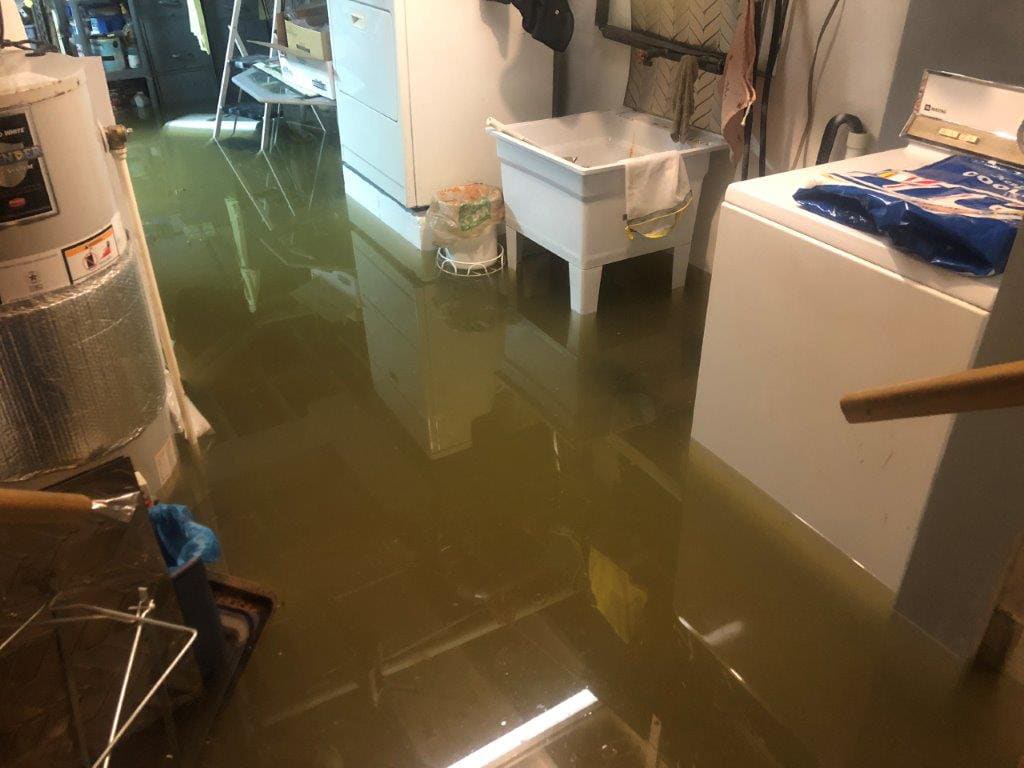Do's & Don'ts of Water Damage.
Do's & Don'ts of Water Damage.
Blog Article
Each person maintains his or her own piece of advice on the subject of Reducing Your Risk Of Water And Fire Damage At Home.

Though water provides life, water intrusion on components where it's not intended to be can lead to damages. It can peel off away surfaces as well as erode the foundation if the water soaks into your framework. Mold and mold additionally prosper in a wet setting, which can be harmful for your health. Homes with water damage scent musty as well as old.
Water can originate from lots of sources such as tropical cyclones, floods, ruptured pipelines, leaks, as well as sewage system problems. In case you experience water damage, it would certainly be great to understand some safety and security precautions. Below are a couple of standards on how to take care of water damages.
Do Prioritize House Insurance Coverage Insurance Coverage
Water damages from flooding dues to hefty winds is seasonal. You can additionally experience an unexpected flooding when a damaged pipe unexpectedly ruptures right into your house. It would be best to have residence insurance policy that covers both acts of God such as all-natural tragedies, and also emergencies like broken plumbing.
Don't Forget to Switch Off Utilities
This cuts off power to your entire residence, preventing electrical shocks when water comes in as it is a conductor. Don't neglect to turn off the major water line shutoff.
Do Stay Proactive as well as Heed Climate Informs
Storm floods can be very unpredictable. If there is a history of flooding in your area, remain prepared and also proactive. If you live near a river, creek, or lake , listen to discharge warnings. Obtain belongings from the first stage and cellar, then placed them on the greatest possible degree. Doing so lowers prospective property damage.
Do Not Overlook the Roofing System
You can prevent rain damage if there are no holes as well as leaks in your roofing. This will prevent water from moving down your wall surfaces and soaking your ceiling.
Do Pay Attention to Small Leakages
A ruptured pipeline does not happen over night. Generally, there are warnings that show you have weakened pipes in your house. As an example, you might discover bubbling paint, peeling wallpaper, water touches, water stains, or dripping audios behind the wall surfaces. Ultimately, this pipe will certainly burst. Preferably, you need to not wait for points to rise. Have your plumbing fixed prior to it results in substantial damage.
Don't Panic in Case of a Ruptured Pipe
Maintaining your clearheadedness is vital in a time of crisis. Since it will certainly suppress you from acting quickly, worrying will only compound the trouble. Timing is essential when it comes to water damage. The longer you wait, the even more damage you can anticipate. Therefore, if a pipeline bursts in your house, promptly shut off your main water shutoff to remove the resource. Then unplug all electrical outlets in the area or turn off the circuit breaker for that part of your home. Call a reputable water damages restoration specialist for support.
Water gives life, water invasion on parts where it's not meant to be can result in damage. Homes with water damages scent mildewy and old.
Water damage from flood charges to heavy winds is seasonal. You may observe bubbling paint, peeling wallpaper, water touches, water discolorations, or leaking sounds behind the wall surfaces. When it comes to water damages, timing is key.
Some Do's & Don't When Dealing with a Water Damage
DO:
Make sure the water source has been eliminated. Contact a plumber if needed. Turn off circuit breakers supplying electricity to wet areas and unplug any electronics that are on wet carpet or surfaces Remove small furniture items Remove as much excess water as possible by mopping or blotting; Use WHITE towels to blot wet carpeting Wipe water from wooden furniture after removing anything on it Remove and prop up wet upholstery cushions for even drying (check for any bleeding) Pin up curtains or furniture skirts if needed Place aluminum foil, saucers or wood blocks between furniture legs and wet carpet Turn on air conditioning for maximum drying in winter and open windows in the summer Open any drawers and cabinets affected for complete drying but do not force them open Remove any valuable art objects or paintings to a safe, dry place Open any suitcases or luggage that may have been affected to dry, preferably in sunlight Hang any fur or leather goods to dry at room temperature Punch small holes in sagging ceilings to relieve trapped water (don't forget to place pans beneath!); however, if the ceiling is sagging extremely low, stay out of the room and we'll take care of it DO NOT:
Leave wet fabrics in place; dry them as soon as possible Leave books, magazines or any other colored items on wet carpets or floor Use your household vacuum to remove water Use TV's or other electronics/appliances while standing on wet carpets or floors; especially not on wet concrete floors Turn on ceiling fixtures if the ceiling is wet Turn your heat up, unless instructed otherwise

I was guided to that report on 5 Home Safety Tips To Reduce The Risk Of Fire And Water Damage through a good friend on another blog. For those who appreciated our page kindly be sure to pass it around. We enjoy reading our article about What You Can Do At Home To Prevent Fire And Water Damage.
Report this page